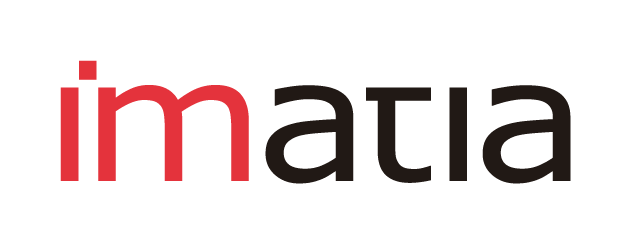Robotics is an area within R&D to which imatia is very dedicated. Within this area lie the projects related to artificial vision and unmanned vehicles. One of those projects is Ulises, in which imatia participates together with Industrias Ferri, the University of Vigo and CIMNE (English: International Center of Numerical Methods in Engineering).
This project started in 2014 and will be finished in 2017, but right now, in this summer, trials with a prototype have already started at the Galician coast. With a budget of 1.5 million euros, the objective of this pioneering project is not to create a boat, “but instead a technology that can be implemented on every naval vessel, so it is unneeded to construct something special. The technology can adapt to anything, from a tanker to a longboat”, were the words of Ricardo Samaniego, working at imatia and one of the researchers within the project.
The technology created within the Ulises project is fundamentally focused on the field of maritime surveillance, from offshore oil fields or wind farms, to the prevention of poaching, illegal immigration and other things. Three additional examples of potential uses that might be interesting: the control of piracy near the Horn of Africa, the refugee crisis and environmental pollution.
Within the project itself, imatia is responsible for the development of the software that is aimed towards recording of the data from the naval vessel; Ferri is responsible for the complete integration of the vessel; CIMNE for the earth station; and the University of Vigo for the robotics, control and artificial intelligence. The autonomous boat is equipped with a 3D laser similar to the one used by Google Self-Driving Car in order to recognize its surroundings and avoid obstacles. This 3D laser is integrated with maritime charts so that it is familiar with the profile of the coast, rocks and zones of navigation and fills the requirements of the RIPA (English: International Regulations for Prevention of Collisions).
Ulises is the result of a line of investigation by the Group for Design and Automatization of Advanced Systems (Spanish: DASA) of the University of Vigo, lead by the CEO of imatia, Fernando Vazquez. This group is already working on automated vessels, as well as the fields of robotics and dynamic positioning, since the year 2004. Two years after that, in 2006, they started the development of a unmanned vehicle (USV) and in 2008 the project VINOCO started. Finally, in 2012 they started the contacts with Industrias Ferri, which has led to the current project.
Several media have recently published about this project. Among which the following Spanish websites:
http://agencias.abc.es/agencias/noticia.asp?noticia=2209445
http://duvi.uvigo.es/index.php?option=com_content&task=view&id=11423&Itemid=2






